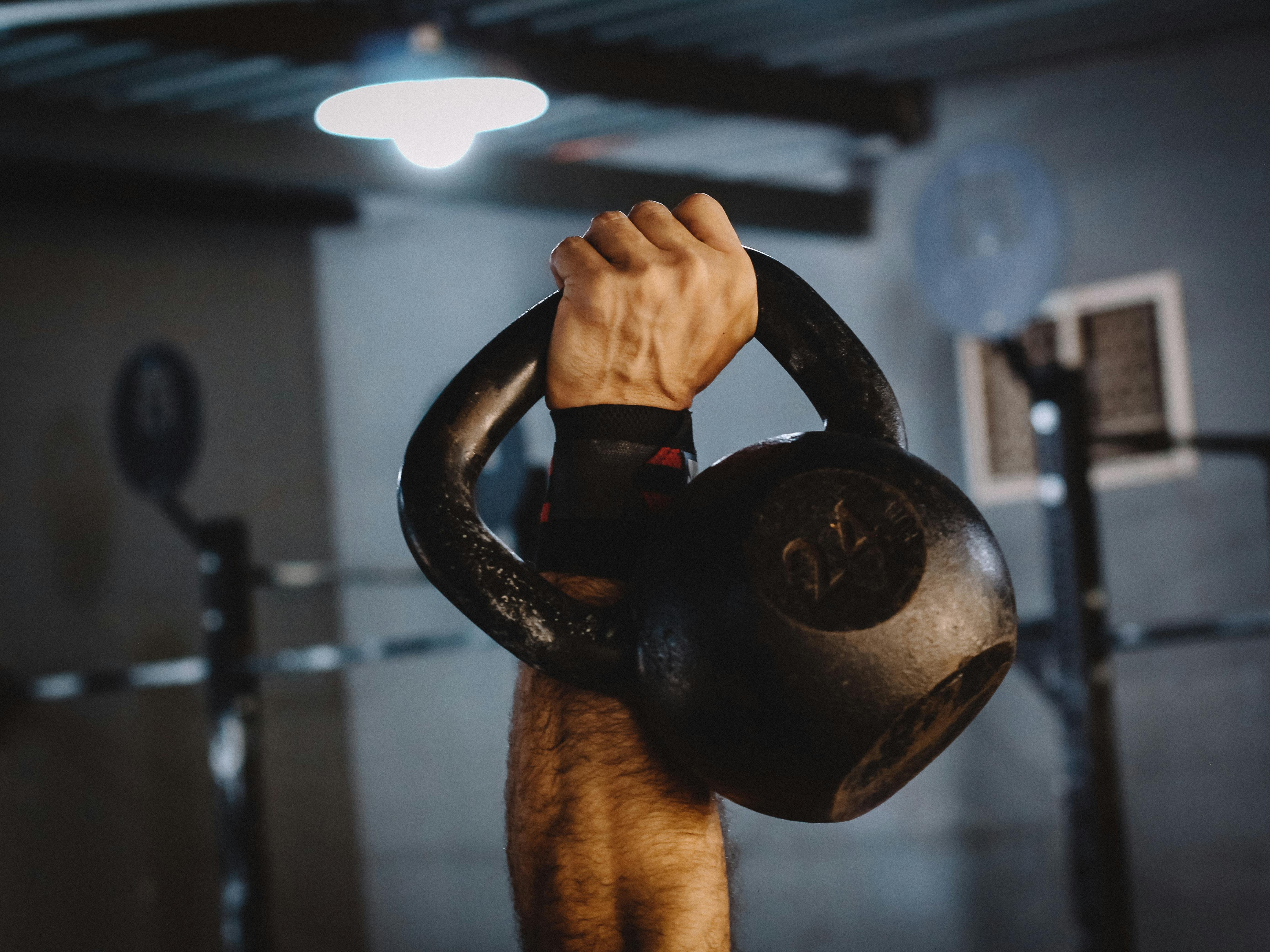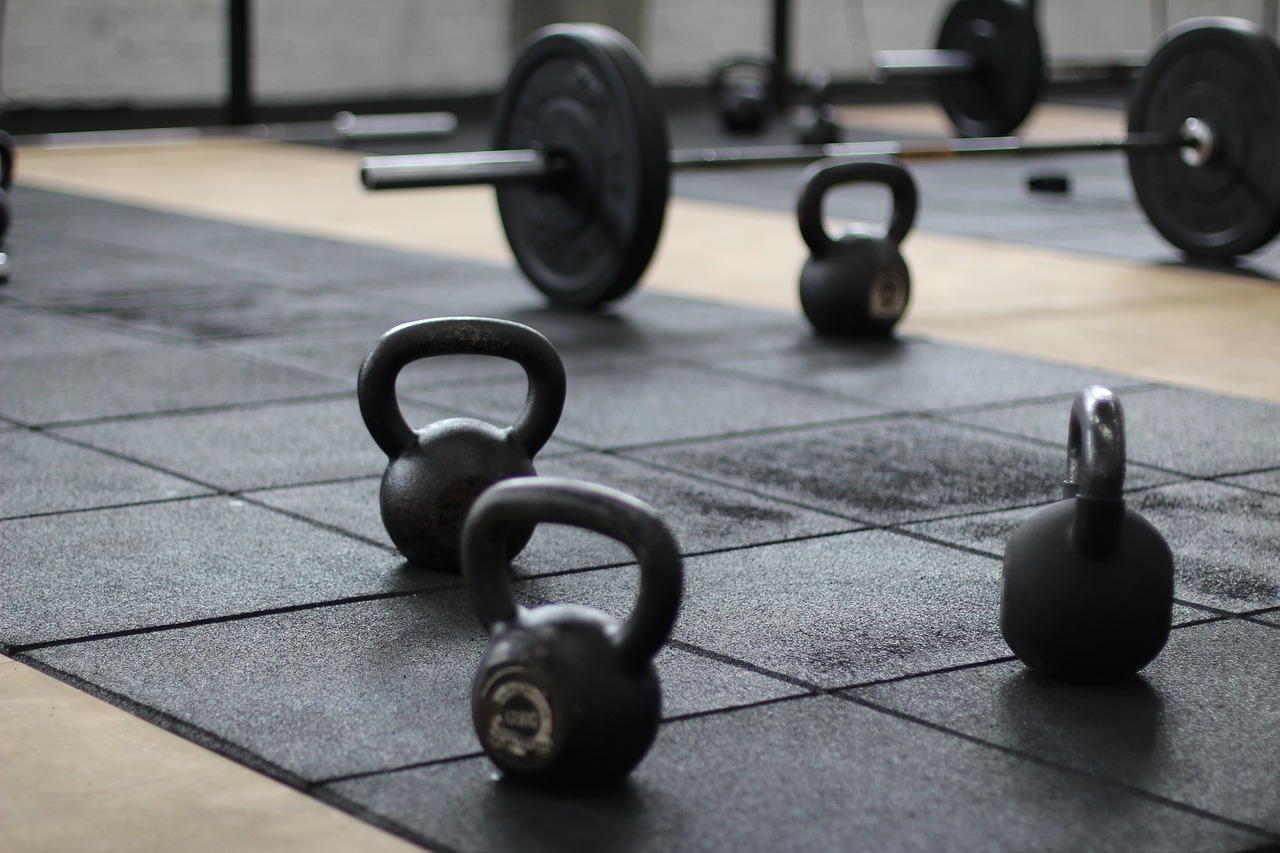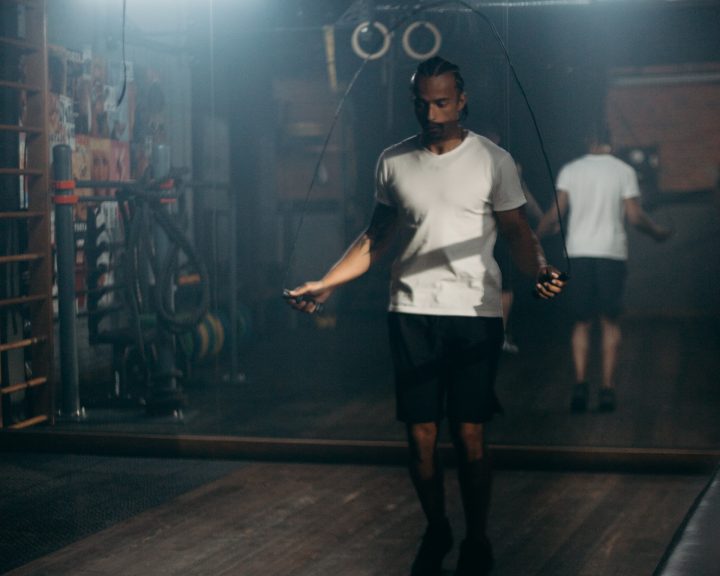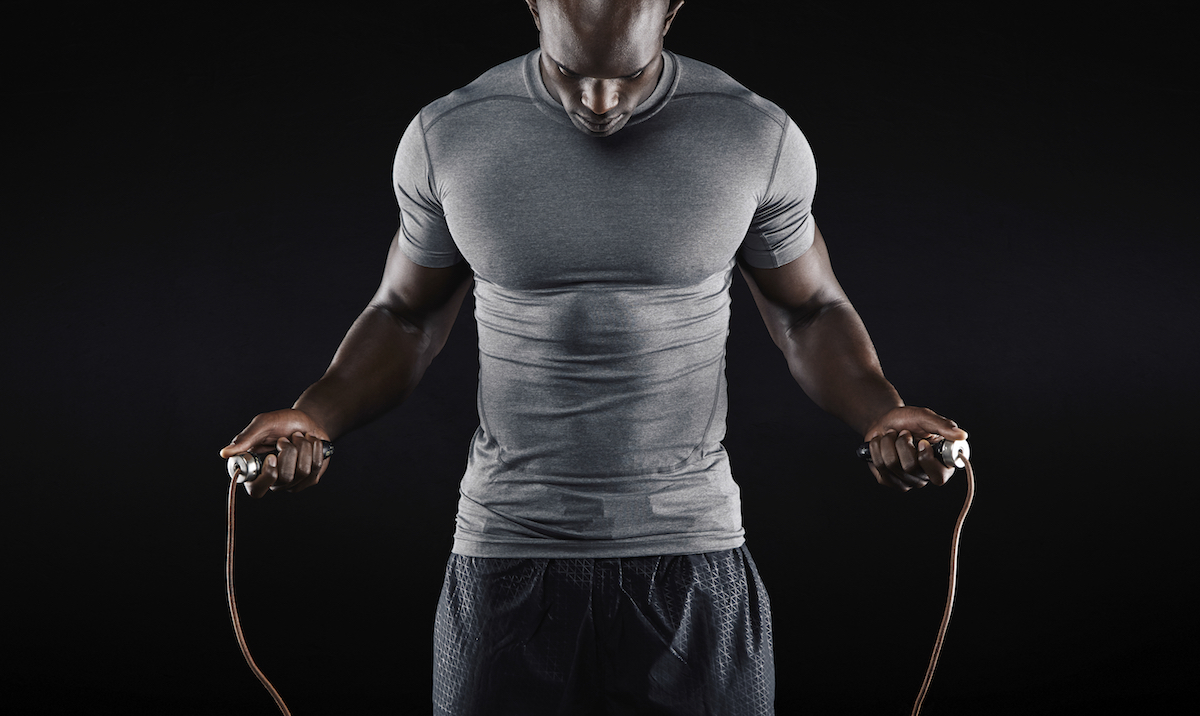After I hit 50, I found that I needed an alternative to the dumbbells for chest exercises. I found that my 50 year old shoulders didn’t like the dumbbells anymore. After some experimenting, I started doing kettlebell presses and they are now a mainstay of my pushing workouts.
The kettlebell press is a lot like a dumbbell press, with a few exceptions that we’ll talk about in a minute. The kettlebell press allows you to train each side of the body unilaterally. It develops the muscles of the chest, shoulders, and triceps. When done using one arm at a time it also requires a great deal of core strength and balance. Plus, this is a much more shoulder-friendly variation. As a result of my experience with it, I incorporate it with overhead throwing athletes!
For the kettlebell press, take a pronated grip on the part of the handle closest to the middle of the body. Lie back on the bench so that the kettlebell is resting in the crook of the shoulder. From here, press the kettlebell up and slightly towards the midline. Lower and repeat. After the repetitions have been done with one side of the body, switch sides.
In other words, press with one arm, do the repetitions, then switch arms. We’re so used to using both arms together on pressing that this takes some adjustment. It also requires balance. It’s not unusual to hold the other arm out and away from the body to help with balance.
Like dumbbells and barbells, the kettlebells can be used with a flat bench, a decline bench, and an incline bench. These are all great variations!
How to use it?
First, from a programming standpoint it can be programmed just like dumbbell exercises. Three to five workout sets that could be trained for strength, hypertrophy, or endurance.
Second, they should be incorporated where the dumbbells would have been in the workout. For exampe:
- Warm Up
- Power snatch, 3 sets x 3 reps x60%
- Front squats, 3 sets x 6 reps x 70%
- Romanian deadlifts, 3 sets x 8 reps
- Kettlebell press, 3 sets x 8 reps
- Pull ups, 3 sets x 8 reps
This is an easy exercise to teach, it’s easy to learn although it’s a little awkward at first. The challenge with this exercise is using it in a team setting, it requires a lot of kettlebells. This is the kind of exercise to incorporate in a station while athletes are waiting their turn at the squat rack. For example:
Athlete A is back squatting
Athlete B is performing the kettlebell press
Athlete C is spotting A and loading
Athlete D is spotting A and loading
Athlete A goes to the press, B goes to spotting, C moves to the other side to spot/load, and D squats. Some type of rotation like this!




